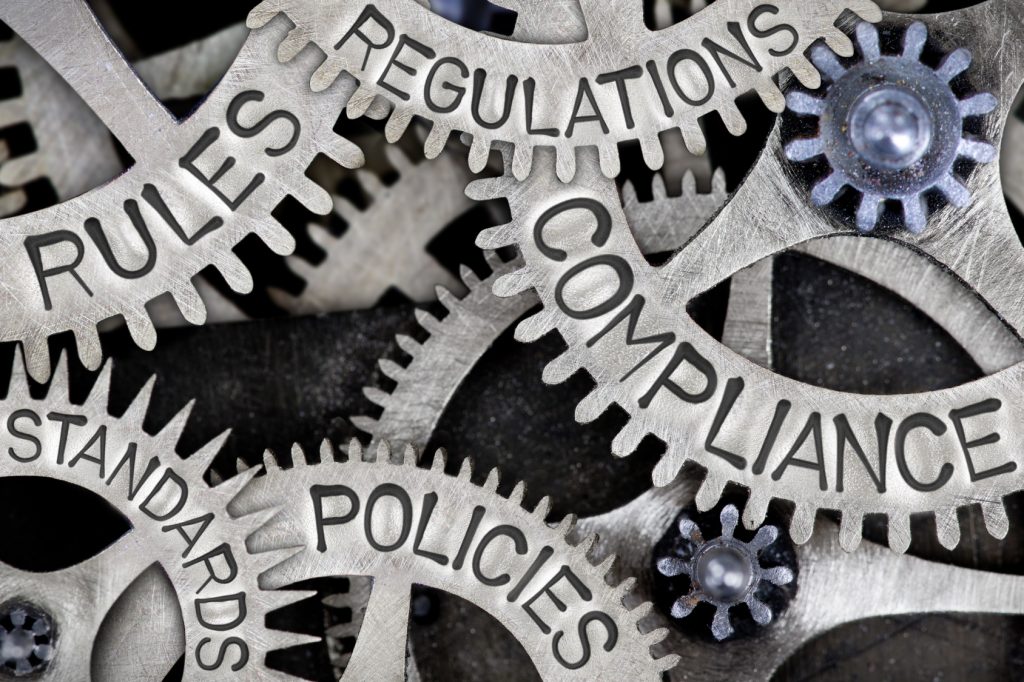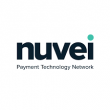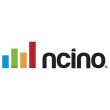Optimising compliance in a busy year of reporting rewrites using Rosetta
In 2024, numerous trade reporting regimes around the globe are changing and firms need the right technology to comply. Leo Labeis, CEO at REGnosys, explains how the company delivers the safe, fast and cost-effective solution that the industry has been looking for.

Rosetta – the safe, fast and cost-effective regulatory compliance solution the industry has been looking for
Complying with regulations is a mission-critical part of financial institutions’ operations, but meeting the requirements of completeness, accuracy and timeliness of regulatory disclosure is often beyond the reach of legacy technology.
Regulators have become increasingly concerned and stepped-up scrutiny due to recent banking failures, which have shone a light on instances of poor risk management and reporting practices.
In this uniquely busy year of changes to global reporting regimes, firms must look to innovative regtech solutions to help them stay ahead of the curve.
A global reporting overhaul
The world of regulation isn’t known for its fast speed of progression, but over the next year, several reforms to global reporting regimes will reach their compliance deadlines. This includes:
- JFSA (Japan Financial Services Agency) – April
- EMIR (European Markets Infrastructure Regulation) Refit European version – April
- EMIR Refit UK version – September
- MAS (Monetary Authority of Singapore) – October
- ASIC (Australian Securities and Investments Commission) – October
These upcoming changes as well as recent amendments to the Commodity Futures Trading Commission’s swaps reporting rules – CFTC Rewrite – have been part of a wider overhaul of trade reporting rules across the G20.
Due to this, regulatory reporting is now one of the top five areas that financial institutions are prioritising in their regtech budgets for 2023/24 according to accounting firm Grant Thornton.
Why new solutions are needed
The Bank of England highlights that regulatory reporting is a significant burden, costing UK banks a minimum of £2 billion to £4.5 billion annually.
Under the legacy approach, for every reporting regime firm must typically sift through hundreds of pages of legal text, which they must then manually interpret and code in their IT systems. This challenge is significantly heightened in a year of concurrent updates like 2024, with overlapping, often ambiguous and ever-changing data requirements across jurisdictions.
Inevitably, firms which develop their own reporting solution suffer from inconsistencies and duplication of costs. On the other hand, vendor solutions tend to be expensive to integrate and to lock clients up once deployed.
Why is Rosetta different?
REGnosys’ multi-award-winning platform, Rosetta, offers firms both the best-in-class and cost-effective solution they need to achieve reporting compliance.
Rosetta is the only reporting solution that natively deploys the International Swaps and Derivatives Association’s (ISDA) Digital Regulatory Reporting (DRR) for transaction reporting.
DRR is a global industry-led programme to mutualise the cost of interpreting and complying with reporting requirements. With DRR, the industry has developed a standardised interpretation of the rules and stored it in an openly accessible format as both human-readable and machine-executable code.
Rosetta provides compliance safety as it is aligned with the industry’s best practice by design. DRR’s single, standardised expression of the rules has been built, tested and validated through consensus by leading financial institutions.
It is also extremely cost-effective. As DRR has been built by the industry and for the industry, individual firms don’t have to use their resources to either build or buy their own.
Additionally, Rosetta offers speed and certainty of meeting compliance deadlines, with tools to automate the integration and deployment of DRR into firms’ reporting systems.
In short, through Rosetta, reporting firms protect themselves from non-compliance risk with the industry’s gold-standard solution, minus the cost and effort that implementing such a solution usually entails.
When and where should firms deploy Rosetta?
Rosetta fully implements DRR across all asset classes and jurisdictions. The solution is already live for CFTC 3.2, EMIR-EU and JFSA reporting and will start its testing phase for EMIR-UK, ASIC and MAS reporting at the end of Q1.
Firms that deploy this solution at the earliest stages will accumulate the largest benefits on their initial implementation.
ISDA estimates that 70% of the CFTC and EMIR requirements are identical. In turn, CFTC and EMIR cover most of the other jurisdictions’ requirements. Firms can adopt a truly global strategy to regulatory reforms by leveraging a single DRR gateway across all jurisdictions.
What next and how?
The benefits of a complete, global trade reporting solution that can be easily deployed within an enterprise infrastructure do not stop there.
Through Rosetta, firms’ risk, compliance and operations users have access to a reporting implementation that is fully auditable, back to the regulatory text and to interpretations made in the industry’s working group to express it into code. Implementation is also future-proofed, as any update to the rules will be built in DRR and seamlessly deployed in Rosetta.
REGnosys has a successful implementation track-record with leading financial institutions that combines our cutting-edge Rosetta platform with a streamlined onboarding process. A reporting firm can have an MVP deployed in less than a month and a live implementation in under three months.
The future of regulatory reporting is now – firms should begin upgrading their reporting operations sooner rather than later.
Get in touch to find out more
Sponsored by REGnosys












































